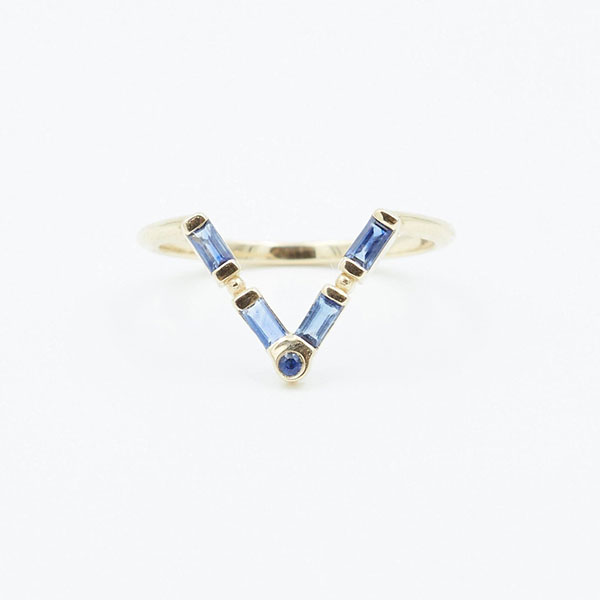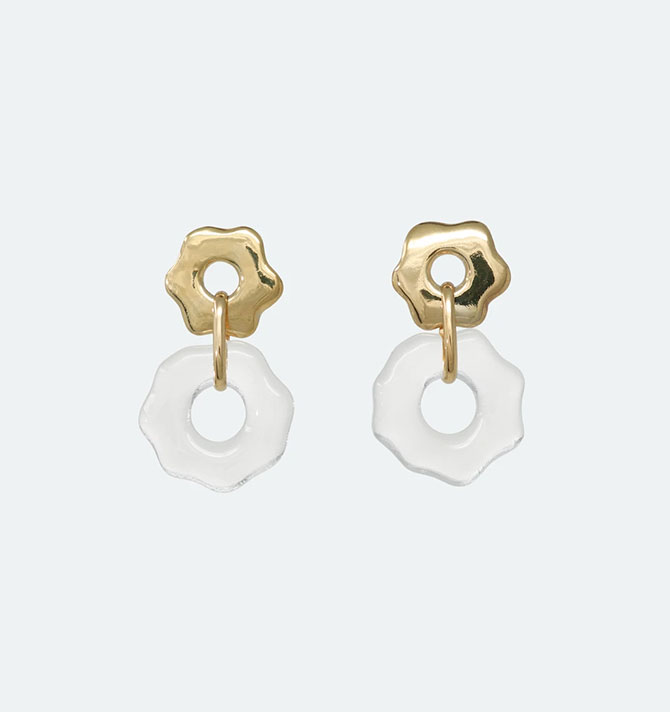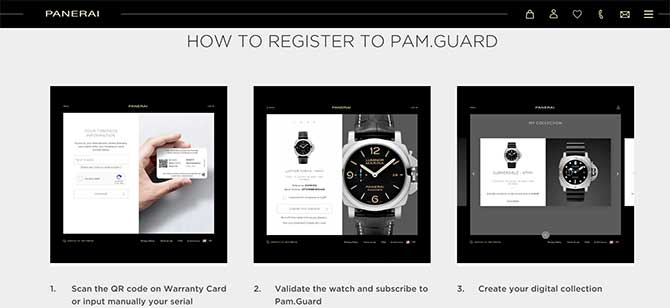
The future is here. Seven years ago, after attending a Swarovski jewelry conference in Vienna where an analyst from McKinsey & Co. gave a provocative presentation on macro trends shaping the trade, I wrote a blog post titled “The Jewelry Industry in 2020.”
And just like that, here we are, staring down the barrel of that very year. Most of the predictions mentioned in the article have come to pass—notably, the parts about the consolidation of core players and the changing role of brands (exhibit A: LVMH’s $16.2 billion acquisition of Tiffany & Co.).
I stand by my chief takeaway, penned in 2013 but equally applicable today: “In order to compete against jewelry brands with Gucci’s cache, Cartier’s global saturation, and Tiffany & Co.’s balance sheet, there’s only one way for a small American jeweler to style itself: as a venue for unique, value-added products chosen carefully for consumers with global experience matched only by their local pride and community-minded sensibilities.”
Below, I pick up where the McKinsey folks left off. What do the 2020s have in store for the jewelry industry? Allow me to share a few guesses.
Every jeweler in our industry will become a little more sustainable.
Sustainability is the keyword of the year, the decade, and, most likely, the century, but for jewelers, it’s complicated. According to its most conventional definition, sustainability is an environmental concept: “the avoidance of the depletion of natural resources in order to maintain an ecological balance.”
By that measure, jewelers—at least the fine kind, who deal in pieces made of precious metals and mined gemstones—may never be sustainable. What they can do is monitor their carbon footprints and work toward a zero-waste future. (If Walmart can do it, you have no excuse.)
A relatively easy place to begin is packaging. Even global behemoths like Hasbro have pledged to phase out the use of plastic in their packages. I know that protecting a delicate piece of jewelry is important. But placing boxes within boxes within boxes and filling all the empty spaces with plastic cushioning is overkill. If you’re shipping jewelry, think twice about all that bubble wrap. For a fantastic role model, look to Cled, which embraces a minimal and biodegradable approach to packaging—its philosophy is the gold standard (more on Cled below).
For store owners who want to invest in sustainability-minded merchandise, look to brands such as BaYou With Love, a Los Angeles–based company that uses recycled gold sourced mostly from used technology recovered and responsibly extracted from Dell’s U.S. recycling programs, or Bonito Jewelry, which donates a backpack full of school supplies to a child in need for every $100 spent.
The latter is one example of the kinds of social sustainability initiatives that have become fairly common in the jewelry industry. Among those is Gem Legacy, a nonprofit that gives back to mining communities in East Africa.
Another way to embrace sustainability is to support upcycling, the act of creatively transforming by-products, waste materials, or unwanted goods into new products. At the high end, jewelers like New York–based Brent Neale and Paris-based Elie Top have made upcycling a signature of their work, extracting valuable gems from clients’ fussy old jewels and placing them in new settings that actually get worn.

A more dramatic example of upcycling comes by way of Cled, which stands for “Conscious Lifestyle Earth Friendly & Ethical Design.” The company uses gems made of recycled glass and is remarkably transparent about where its materials come from and how they are made. While Cled’s jewels won’t fit into every fine jewelry showcase, its philosophy about sourcing, manufacturing, packaging, and customer communication should serve as a blueprint for all jewelers eager to become more environmentally responsible.

Finally, do your due diligence. Attend important events like the Chicago Responsible Jewelry Conference. Patronize companies, such as Columbia Gem House, which have been responsibly sourcing their gems for way longer than has been trendy. And don’t accept your suppliers’ sustainability claims at face value—ask them the tough questions! As Stuart Robertson, research director of Gemworld International, publisher of the GemGuide, warns, greenwashing is rampant in the trade.
“Sustainability is a tricky one,” he says. “We pick up on a few buzzwords, people make huge statements on what they’re doing in that regard, and then you find out there’s not a whole lot of action by some of these firms. In Tucson, you’ll hear a lot of people claiming how their products are sourced, but if you put heavy questioning to some of these folks, you’ll find they really don’t know a whole lot about it.”
By the end of the next decade, greenwashing will likely be an issue of the past, thanks to blockchain or newfangled technologies that make it impossible to fake good deeds. But wouldn’t it be nice if every company in our industry righted its sustainability ship before it was shamed into doing so?
Small, well-curated stores specializing in locally made goods will thrive, against all odds.
How do you know if a product is sustainable? Is it possible to have a product that is 100% sustainable? Even if something is manufactured in a manner that passes every conceivable measure of sustainability, the minute it gets shipped—via plane, train, or automobile—it generates greenhouse gases that undermine its environmental claims.
One way for consumers who care about these issues to make small but meaningful differences is to buy local. And there’s reason to believe that in the coming decade, small brick-and-mortar retailers will triumph, in their own ways, over Amazon, whose fast shipping model has been called into question for wreaking havoc not only on the environment, but also in a host of tragic accidents caused by drivers desperate to meet their deadlines.
Small-scale brick-and-mortar jewelers who showcase the work of local designers stand to benefit from the growing recognition among consumers that convenience should not come at the cost of social and environmental sustainability.
Service will be digital.
Our industry sells luxury products but continues to overlook the luxury of time when it comes to service. This is especially true for buyers of fine watches, which can disappear into a black hole for months when they need to be serviced or repaired. While lovers of mechanical timepieces may be able to put up with a lengthy repair process, what they shouldn’t have to bear is a painfully analog communication mode that pivots around phone calls and boutique visits instead of digital communications that provide regular status updates to tech-savvy consumers on the go.
Progress, however, is afoot. Earlier this month, Panerai announced the debut of a digital after-sales platform called Pam.Guard. In addition to its customized service interface (accessible across devices and formats, including desktop, mobile, and WeChat) and personalized newsletters, the platform will guide owners of Panerai watches purchased no more than two years prior to registration through a watch checkup at the end of the third year.

The development is in keeping with what McKinsey & Co. recommends in this April 2019 article drawing attention to the long, frustrating, expensive, and analog ordeal that characterizes most after-sales experiences with luxury watchmakers.
By the end of the next decade, all luxury brands—and especially those dedicated to timekeeping—will update their after-sales platforms for a tech-savvy, mobile, and time-poor clientele. Retailers who wish to stay in business will need to keep up. Think about what a digital service portal could mean for your clients. Text updates? Facetime sessions with a jeweler or watchmaker?
Just remember: While digital is the new normal, human interaction is essential to the equation. Sales experiences that successfully combine the speed and convenience of a digital transaction with the reassurance of a trusted adviser will prove that artificial intelligence has nothing on the human variety.
Happy New Year!
Top: Arrow of Love Sapphire Dot ring in 14k recycled yellow gold, $770; bayouwithlove.com
Follow JCK on Instagram: @jckmagazineFollow JCK on Twitter: @jckmagazine
Follow JCK on Facebook: @jckmagazine